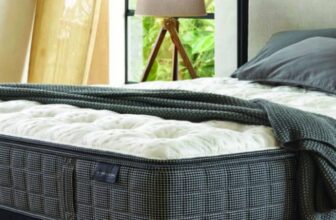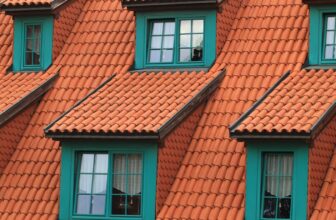Douglas Fir Vs Cedar (Interior, Exterior, Cost)
When building a new home, renovating an old one, or simply working on a small DIY project in your household, you’ll have to decide what materials to use.
This is an even more significant matter if the structure you’re building is outdoors and exposed to weather elements.
Of course, construction work almost always includes wood, at least for some parts of it.
Wood will provide a stylish and elegant appearance to whatever you’re building, but you also want it to last and be easy to work with and maintain.
For prospective and current homeowners the choice of wood to use often comes down to Douglas fir and cedar.
Both of these wood species are certainly among the most popular when it comes to construction use.
Still, each of them has certain advantages and disadvantages.
Below, I’ll compare Douglas fir vs cedar to see what are the differences between the two.
Douglas Fir – Information
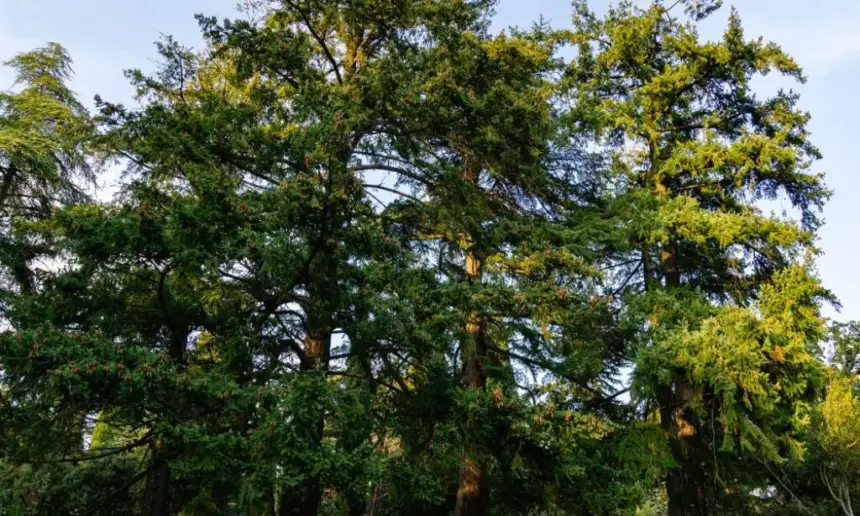
Douglas Fir is one of the most widely available wood types in North America.
It’s a sturdy tree, capable of growing in a variety of conditions, so it can be found everywhere from coastal regions to highly elevated areas, mostly in the western part of the continent.
The living trees keep their leaves, or needles to be more precise, year-round.
Inland Douglas fir trees can reach the height of 100-120 feet, while in coastal areas they grow up to 150 feet.
The main reason for this is generally colder weather in continental parts which slows down the growth.
Nevertheless, the slower-growing inland trees have tighter grains and provide sturdier and stronger pieces of lumber.
Commonly, Douglas fir trees can live for at least 500 years, but there are specimens believed to be more than 1,500 old.
The bark of Douglas fir is rather smooth and generally grey-brown.
Douglas Fir Use
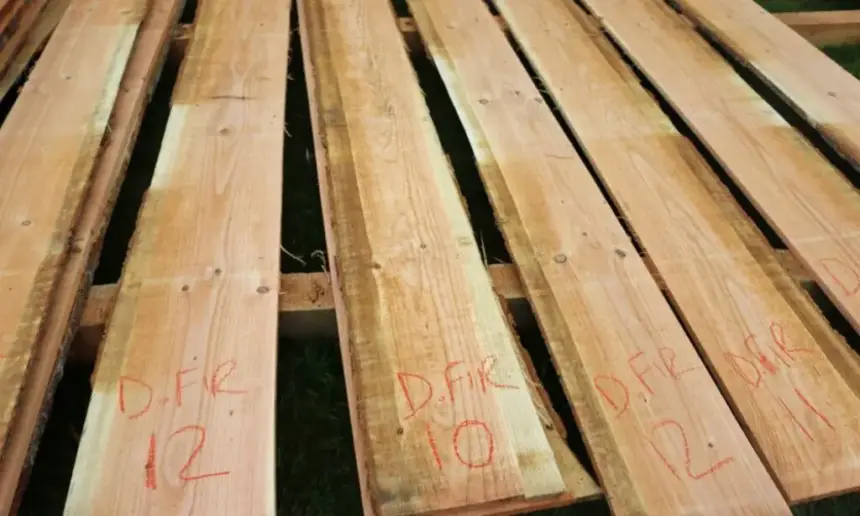
Due to its wide availability, but also durability and attractive appearance, it’s also one of the most popular woods for commercial use, mostly in the construction and building industry.
While it belongs to softwood, Douglas fir is rather hard, especially compared to other softwood species.
It fares rather well against the decay but can be vulnerable when it comes to insects and other pests.
Another reason for the Douglas fir’s popularity is that it’s rather easy to work with. It holds adhesives well, and it’s easy to paint or stain.
No matter which type of finish you choose, paint, stain, or clear varnish, it will look really good.
Douglas fir has rather unique grain patterns and swirls making it highly desirable for providing a traditional and cozy feeling to the various buildings.
It’s used for heavy structural purposes but also for furniture, flooring, and various outside structures.
Cedar – Information

Another highly popular wood for construction, cedar is a rather large evergreen tree. There are several varieties of cedar trees growing on both coasts of the continent.
The most common is western red cedar which mostly grows along the western coast of the northern part of the continent and on the slopes of the Rocky Mountains.
However, eastern red cedar is known to be harder and stronger than the west-coast variety.
They can grow up to 200 feet and feature flat, spray-like branches covered with small, needle-like leaves.
While they’re rarely found in household gardens, they’re frequently used in parks as they have great windbreaking properties.
Cedar Use
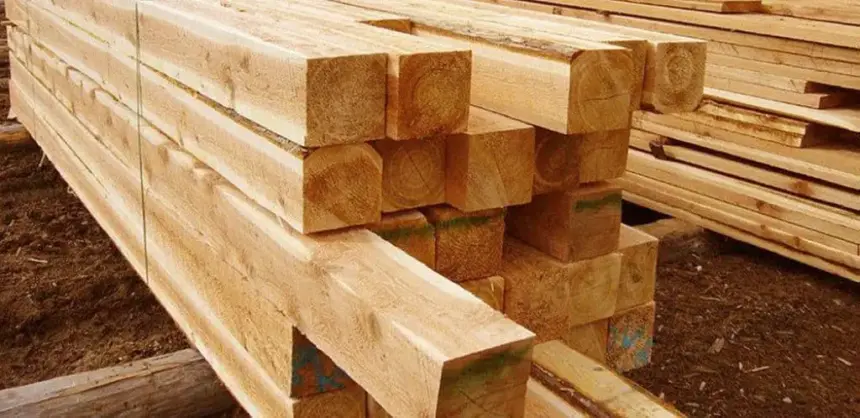
Cedar is widely used for various construction purposes, mainly because it’s soft, fairly light, and pretty simple to work with.
On the other hand, the softness of cedar means that it has poor screw-holding capabilities.
It’s one of the most popular wood types for outdoor use as it’s highly resistant to insects, rot, and moisture.
This is due to the natural oils which help cedar fight weather elements and pests.
Cedar also allows excellent absorption of stain and paint, even though it can even be used without any treatment whatsoever.
Still, if untreated, it may last shorter and lose color over time.
Although it’s soft enough to work with, cedar still has some natural hardness, meaning it’s not very prone to sagging or warping.
It has aromatic properties, making it perfect for indoor use, such as linen closets, wood paneling, or accent beams.
Still, it’s mostly known for outside applications.
Douglas Fir vs Cedar For Interior Projects

The decision to use Douglas fir or cedar for your interior woodworking projects mainly depends on what you want to use these woods for.
Douglas fir is harder and stronger of the two, so it’s more suitable for structural use, such as ceiling beams or any other application where the wood is expected to carry a heavy load.
It’s also a better choice for flooring, especially in areas with heavy traffic.
Douglas fir is also less prone to bending, so it should perform better over a longer period of time.
As I already mentioned, cedar is softer than Douglas fir so it works better for furniture or similar applications.
As it is an aromatic wood, cedar is particularly suitable as a lining for chests and closets. It’s naturally repellent to moths and has high rot resistance.
It’s also very easy to work with while Douglas fir splinters easily which can be an issue when it comes to sanding.
Douglas Fir vs Cedar For Exterior Projects
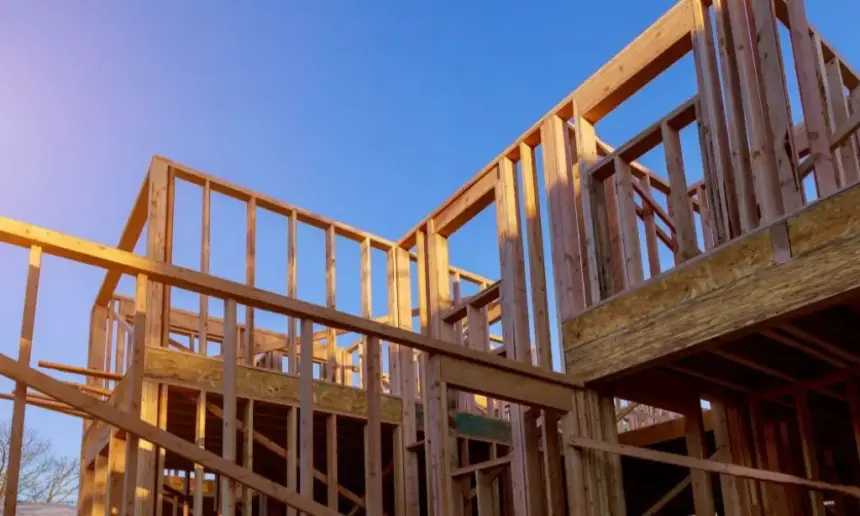
Douglas fir and cedar are both widely used for outdoor projects, but there are still some differences that make each of them more suitable for certain applications.
Cedar, while softer than Douglas fir, tends to last longer in outside conditions.
It’s more resistant to decay and moisture, and, generally, will last longer when exposed to elements.
The higher resistance to moisture and insects and other pests is very important as some outdoor structures, such as fences or raised garden beds, will require some of the wood material to be below ground.
On the other hand, cedar will bend more and can’t withstand crushing as well as Douglas fir.
Under heavy load, some cedar varieties may start to show splits and cracks.
If both are left untreated in the outside conditions, cedar, due to its natural oils, will preserve its natural appearance and color longer.
Douglas Fir vs Cedar Cost
If budget plays a big role in your project, you should know that cedar is, in general, more expensive than Douglas fir.
This is especially true when it comes to the red cedar variety.
Douglas fir is much more available than cedar which drives its price down.
However, before going shopping, make sure to do your research, as different grades of wood come with different prices.
So even if you find cedar that is cheaper than Douglas fir, it doesn’t necessarily mean that it would be a good purchase.
Also, keep in mind that every wood structure will require some maintenance and upkeep over time, which also costs.
Conclusion
Building a new home or taking on a DIY project is very exciting and often fun.
However, to make sure that everything goes according to plan, you need to take many factors into consideration.
If your project includes wood, make sure to do your homework and find out what type of wood will suit you best.
Douglas fir and cedar are widely popular for these purposes and for a good reason.
They’re both fairly durable, weather-resistant, and attractive. Still, each has its own benefits and drawbacks.
You should learn about those and check which of these wood types is more suitable for the project you’re about to work on.

